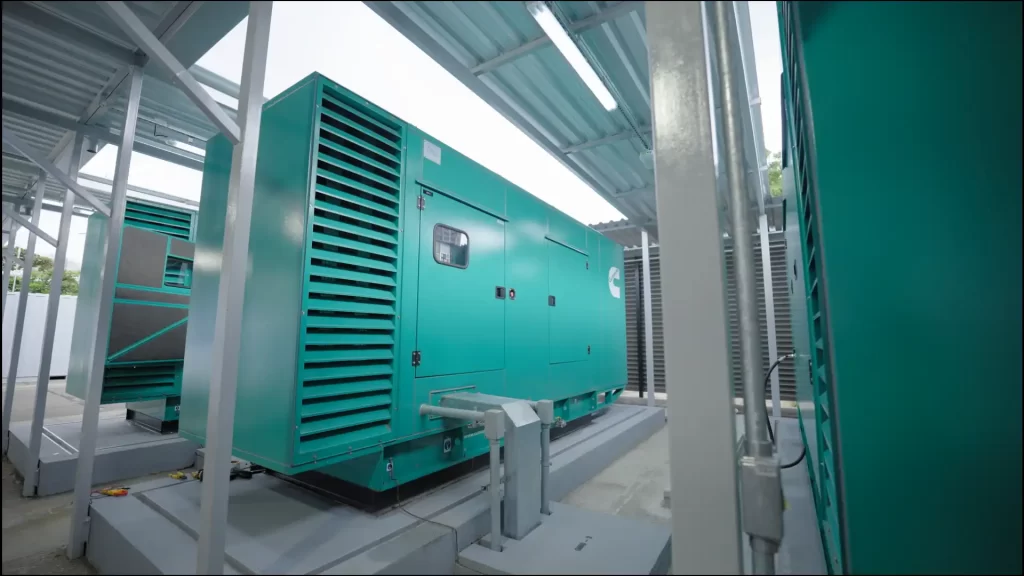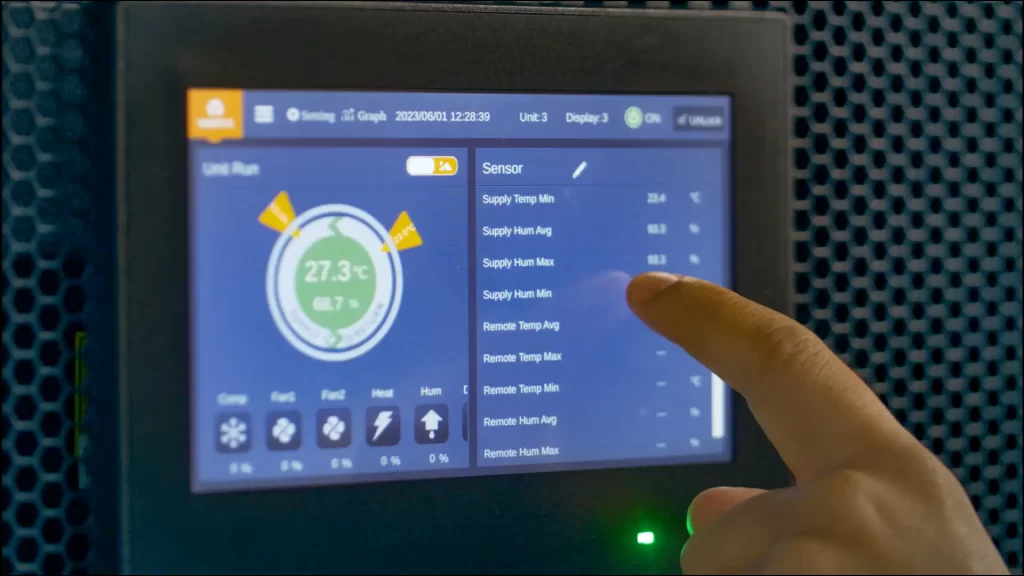Fortificando data centers: o papel crucial do IT Shielding
Apresentamos nossos painéis modulares de última geração, projetados para fortalecer os data centers contra inúmeros riscos, incluindo incêndios, danos causados pela água e outros. Fabricados com materiais de ponta, esses painéis modulares funcionam como um sistema de defesa robusto, protegendo infraestruturas críticas e dados inestimáveis.
Em primeiro lugar, é importante avaliar de forma abrangente todos os riscos aos quais a instalação está exposta. Essa avaliação serve como base para determinar o nível apropriado de proteção necessário para garantir a disponibilidade.
O objetivo é minimizar vulnerabilidades e aumentar a resiliência diante de possíveis interrupções.
Na avaliação de riscos, são identificadas potenciais ameaças, como incêndio, intrusão física, interferência eletromagnética, ameaças naturais, e outros. Cada ameaça deve ser meticulosamente avaliada em termos de sua probabilidade de ocorrência e impacto na disponibilidade.


